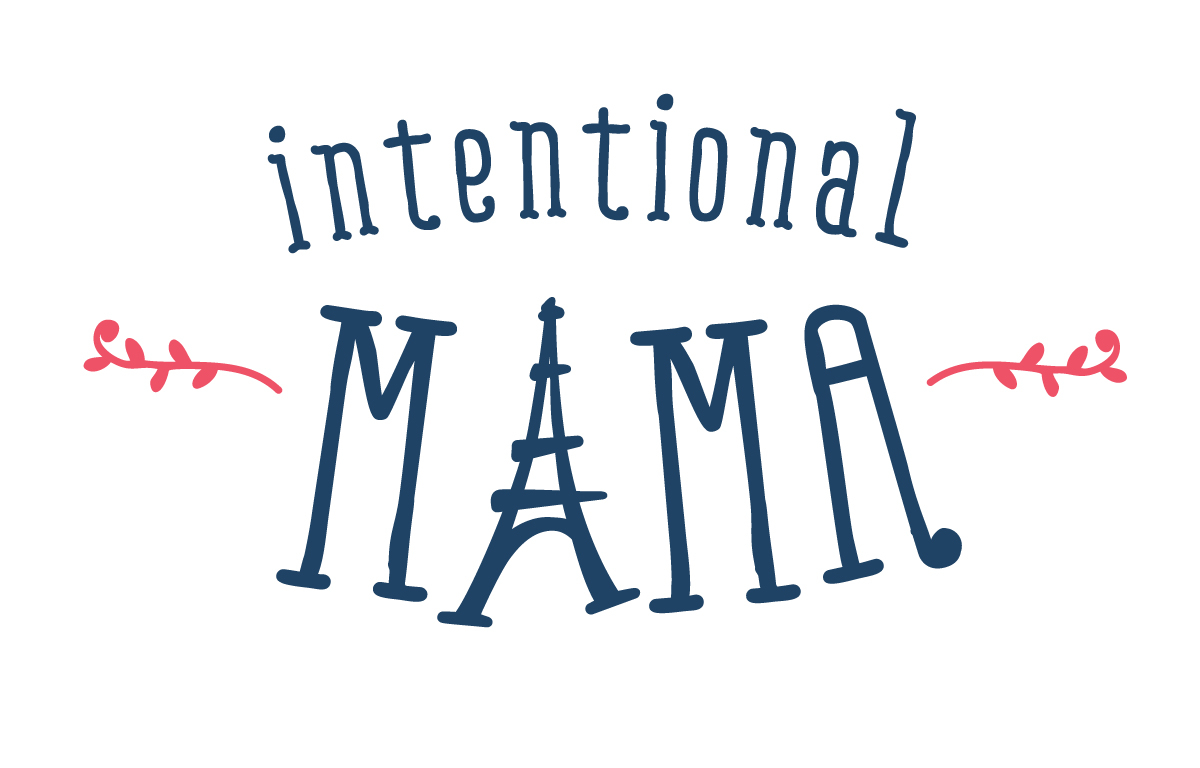Adventure Playgrounds Outdoors: What and Why?
Have you heard about adventure playgrounds? They're old news, actually. Adults started establishing such spaces in Europe in the forties because they felt children needed to opportunities to develop courage in the face of a world at war. (There are over 1,000 adventure parks for children in Europe, and more than 400 in Germany alone.) These parks are growing in popularity in the U.S. now as American parents realize that children aren't getting enough playtime outdoors and have few opportunities for play in non-landscaped settings.
An adventure playground in London in the 1980s; photo by Millerartwork
Picture them like this: an enclosed space filled with plywood scraps, old furniture, natural activity areas, or tools. It might also include a fire pit, paint, a zip line, or a stream. Essentially, adventure playgrounds are outdoor spaces designed to encourage creativity and resourcefulness in children with minimal parent assistance.
Berkeley, CA adventure playground & zip line; photo by Jaricelli
When I recently read about these parks in an article from The Atlantic (via Design Mom), it reminded me of my dad's tales of childhood--building backyard forts, exploring the semi-wild beyond, and stepping on the occasional nail. Though today's adventure parks are supervised by adults, they still conjure up a Lord of the Flies domain where children run in packs and establish unruly groups like the Lost Boys in Peter Pan. Here on America's West Coast, there are adventure playgrounds in Berkeley (of course!), Huntington Beach, Irvine, and Portland, Oregon (which I wrote about here), with another slated to open on Mercer Island, WA, next month.
La voiture fondue by Robert Doisneau, 1944.
What strikes me about these parks' new popularity is our recognition that children thrive on opportunities to interact with the environment to create their own spaces. There's a social aspect too, where friendships are made, tested, and built around these constructed spaces. Few of us families live near enough to these parks to take advantage of them regularly, but we can make it a point to help our children access natural spaces. No amount of Legos can mimic the sheer joy of building a lean-to outdoors and no amount of child-safe swings and slides can satisfy a growing child's need to stretch their physical abilities.
I decided long ago to give my children more outdoor time (rather than playing organized sports from a young age) after reading Richard Louv's book Last Child in the Woods, but hearing about adventure playgrounds reminds me once again to re-prioritize outdoor play for my children and to help them seek out spaces where they can construct their own stories.
Do you have any family camping trips planned this summer? Does your child have a favorite natural area to explore?
